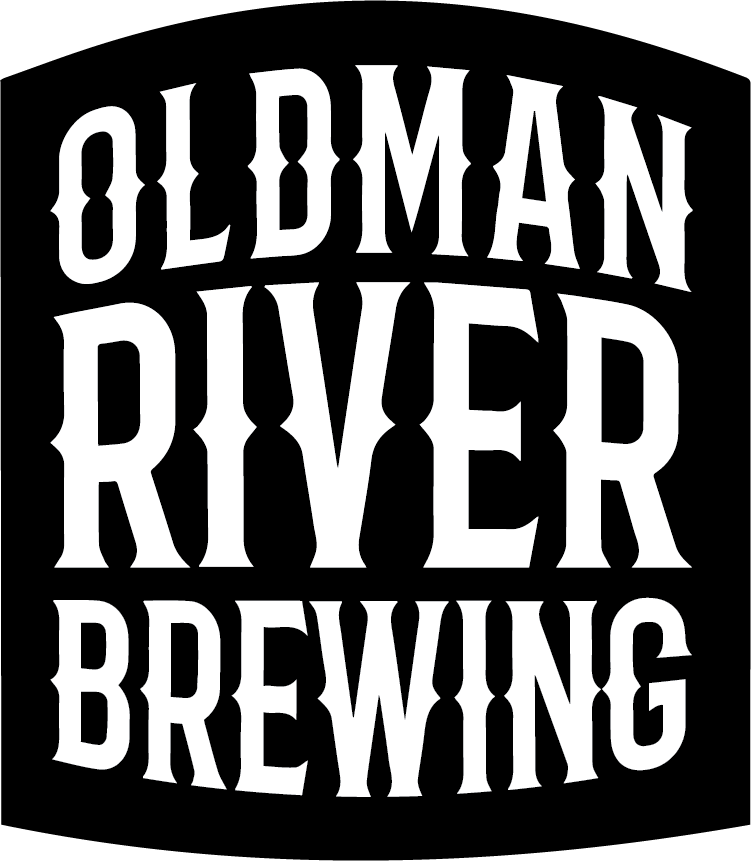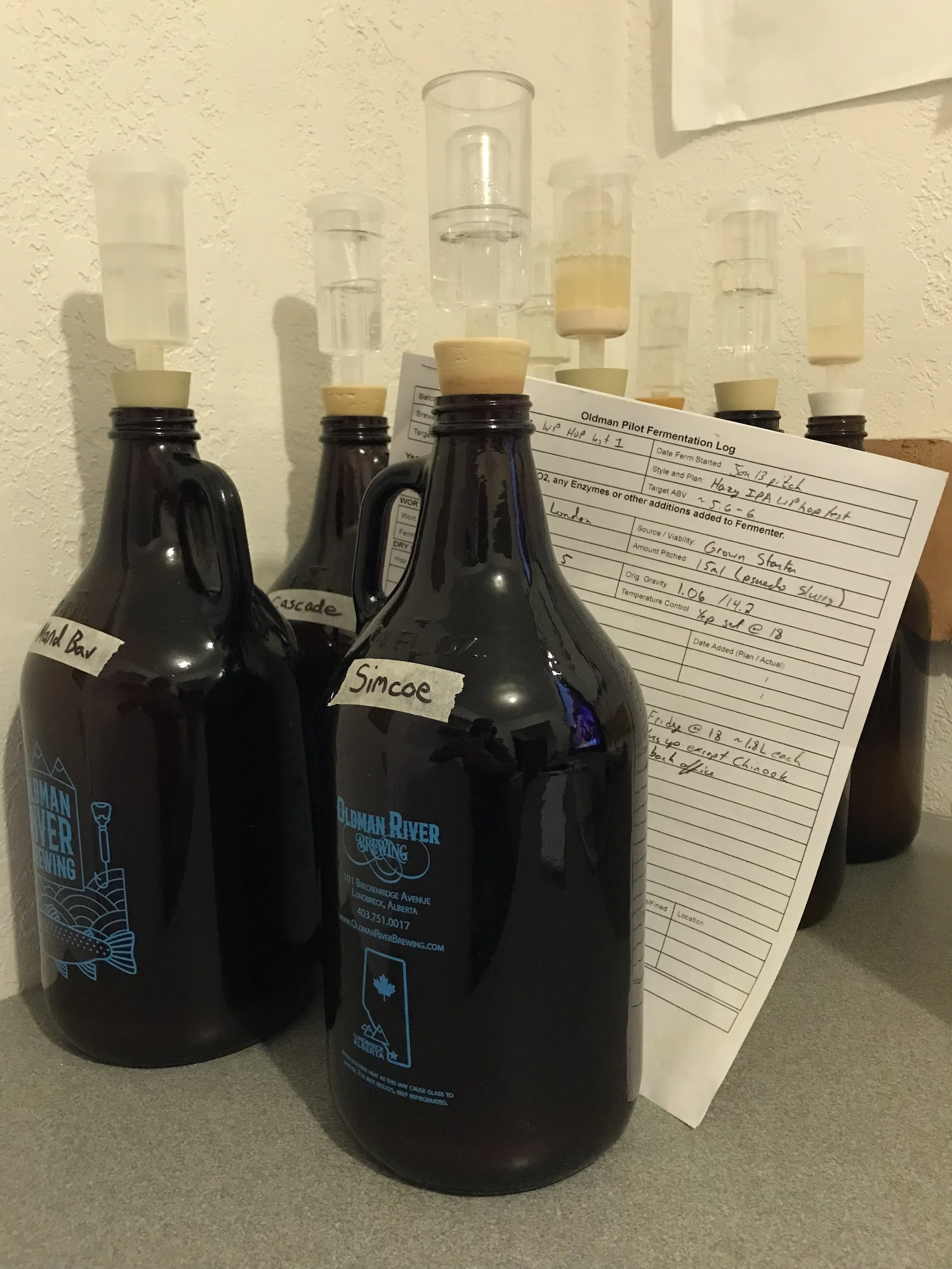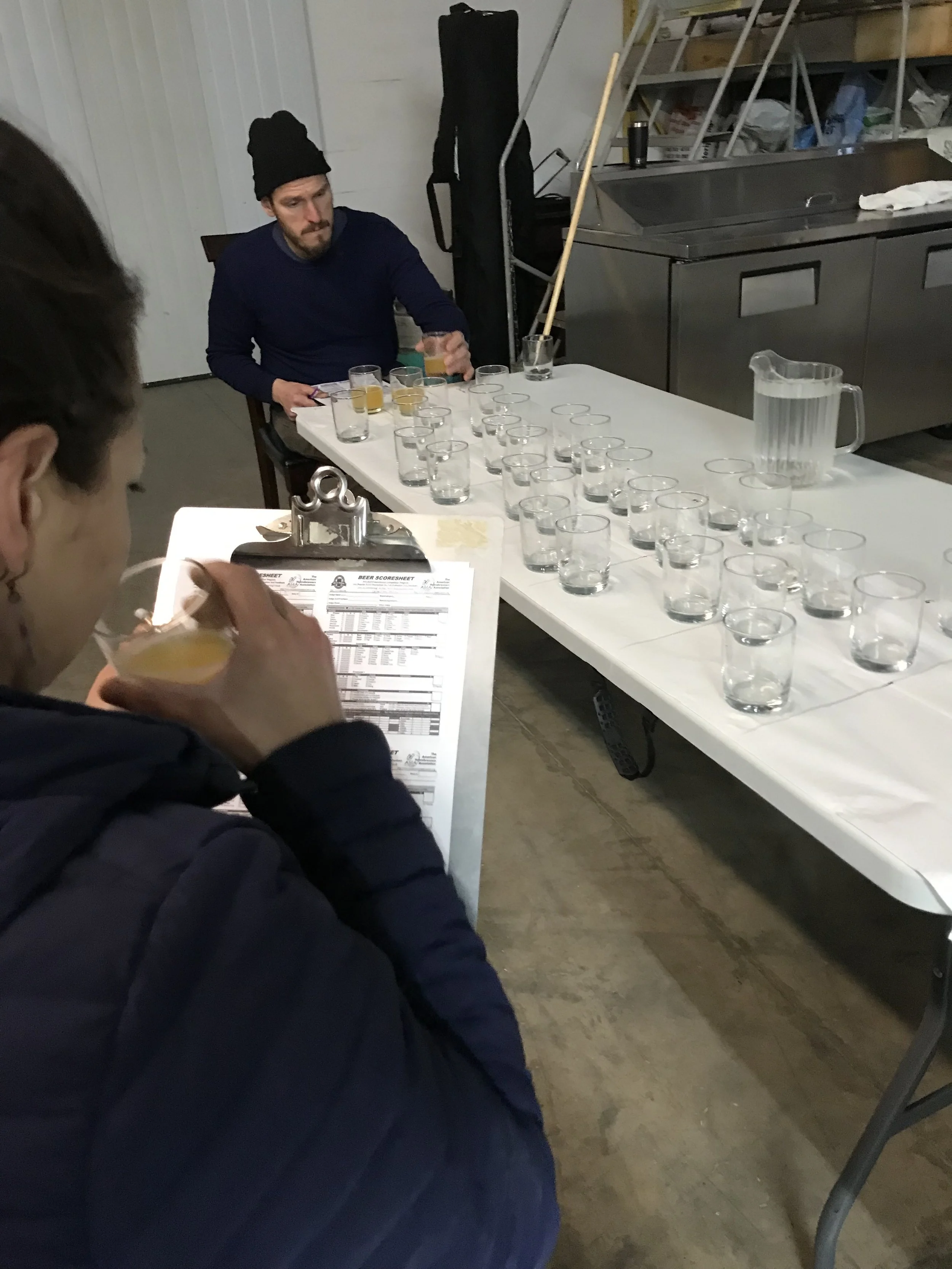HAZY IPA’S
What is it about Hazy IPA?
I’ve been asking myself that question for some time now.
Arguably the Hazy or New England IPA is the most popular beer style to come out of the craft brewing industry in the last five to seven years.
I must admit I’ve been reluctant to adopt this beer style and resistant to brewing it in our brewery despite it’s popularity. I always dismissed it as a passing fad and I’ve been known to blast it from time to time as an IPA for people who don’t like IPA’s.
So on that note, it took a lot of cajoling (by Ben mostly) for me to relent, but here we are more than 5 years into business and I’m weirdly excited that we are finally going to release our first hazy IPA.
Characteristics Of A Hazy IPA
Piloting and building this recipe to take this beer to production was the most involved process of any beer we’ve made.
There is a lot to making a good Hazy IPA and this beer takes you into territory where you can’t relax. Each brewery, except for ours of course, has one in their lineup. And because it’s such a popular style with consumers, quality must be high.
There are some really great examples out there in the market, which makes it even more more stressful to release our rendition. I must admit some of my hesitance was fuelled by intimidation.
The Beer Judge Certification Program, which is the best process we as brewers have to categorize the products we make, has two different categories for this style of beer.
The Hazy IPA and the New England IPA or NEIPA and I’m sure that real aficionados of the style could tell the difference but for our purposes I’m gonna lump ‘em together.
Characteristics of the style are as follows.
Appearance
Straw to light orange colour, hazy or opaque but without turbidity or floaties. Big fluffy long lasting head. This hazy business and the big head are the result of using a large percentage of high protein malts or grains like wheat and oats.
Aroma
Big bold citrus and tropical fruit aroma is the hallmark of this style. Copious, bordering on ridiculous amounts of dry hops, that is, hops that are added after the brew day in the fermenter or after fermentation, are often used to get the bold hop aroma.
Flavour
As indicated by the aroma, Big bold citrus and tropical hop character, balanced by a bit of sweetness. This is also accomplished by the use of large amounts of hops with very fruity character. There’s often a bit more sweetness or perception of sweetness in the finish than say a West Coast IPA.
Body/Mouthfeel
This character is often described as medium to medium full body, with a pillowy texture that is hard to describe any other way. Water chemistry and a bit of magic are all that’s needed to get this part right.
Hopefully we hit these markers and produced something that is noteworthy.
History of the Hazy IPA
As the story goes the first Hazy IPA to be brewed was Heady Topper from the Alchemist Brewery in Vermont in 2004.
The popularity of the more traditional IPA’s helped fuel the launch of this style in the craft beer market.
New England IPA’s are boldly hoppy but with a much more restrained bitterness than a traditional IPA. You get all the hop flavour, with much less bitterness, it’s a win win.
As most beer trends do, the NEIPA style exploded across the US craft beer industry eventually becoming popular in Canada.
All kinds of tricks have been tried by brewers to achieve a product that would hold it’s haze, brewers added flour to their beers and used more powdery yeast strains.
These types of things can help haze in the short term but after some time in the can, you wind up with clear beer and a bunch of chunks in the bottom.
Not too appetizing.
However the industry has evolved and the quality of this beer style is better than ever. With seeming endless quality Hazy IPA’s produced by brewers everywhere, it is a good time to be a Hazy IPA lover.
Brewing Our Hazy IPA
Taking all of this into account we then started our process for brewing this beer.
How to Keep The Haze in a Hazy IPA
To retain the hazy characteristic of this beer a brewer needs to focus on the relationship between the oils from the hops and the high amounts of proteins from the grains. These need to work together to create a long lasting “haze.” Another factor that is important to create the full mouthfeel and texture to the beer are the minerals in the brewing water. These can be adjusted to affect bitterness levels and the perceived viscosity of the beer.
How Hops Are Used in A Hazy IPA
Traditionally, hops are added to the beer to contribute some bitterness, but the trick with a Hazy IPA is to get massive hop flavour and aroma while keeping bitterness restrained. This keeps the beer drinkable and is part of the reason Hazy IPA’s are such a popular style. As we’ve learned, excessive or biting hop bitterness is often a deal breaker for consumers with any beer style.
Conclusion
While piloting the recipe for our hazy, we as all brewers do, poured over every detail. We talked about yeast and brewed and tasted.
We talked about malt brewed and tasted, then we talked about hops and brewed and tasted…
Then we talked, often in circles, I don’t know how many more times. We created tasting panels to assess each characteristic of the beer.
In the end our throats are dry, and the patience of all involved worn thin but we have recipe to go to production.
Despite myself and my aversion to following trends I’m pumped to take this beer to production and to drink the finished product.
We may be a little late to the party, but I’d like to think our Hazy will have been worth the wait.
So what is it with Hazy IPA?
Why hasn’t this style fallen by the wayside like I predicted it would?
After diving in and building one, I think what I learned was that what made hazy IPA popular was a bit of hype.
What has kept the trend going is that brewers dig the complexity and intricacies of brewing a good one and consumers appreciate when it’s done well.



